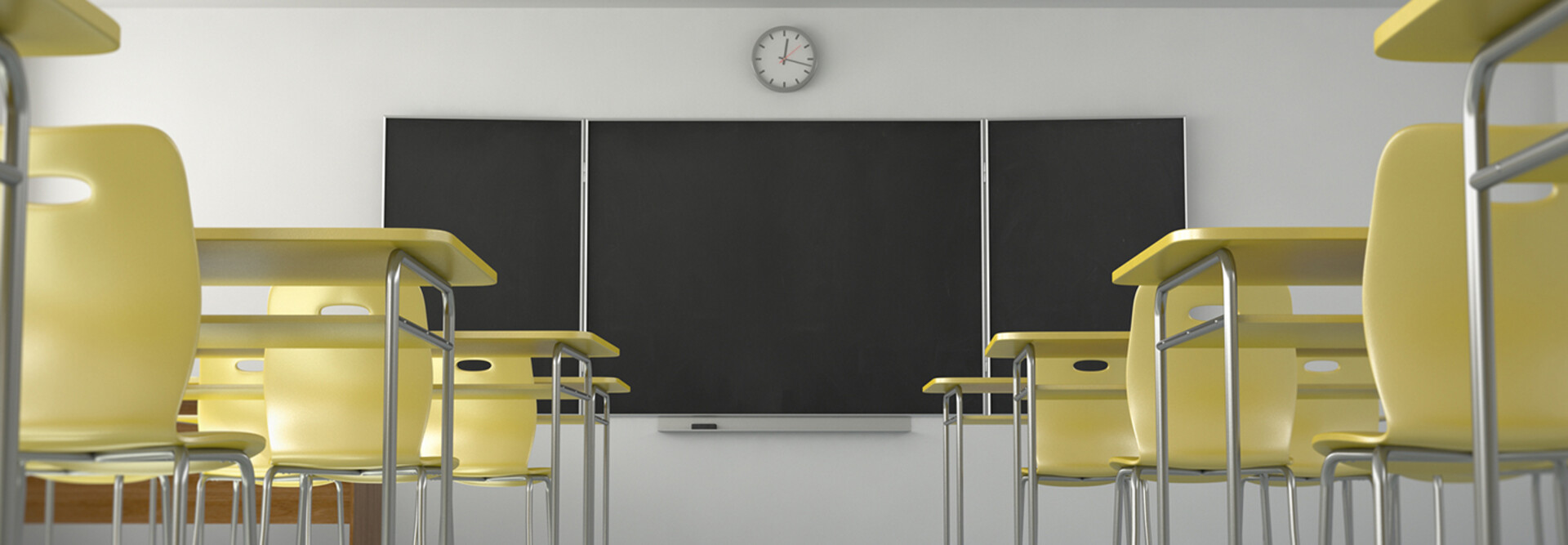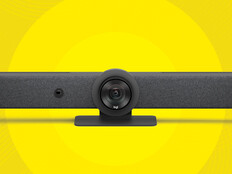One of the most pressing challenges facing higher education institutions is maintaining and growing enrollment in the face of a declining pool of American high school graduates, a phenomenon known as the enrollment cliff. Another is increasing distrust in higher education at large.
In response, colleges and universities are taking a much closer look at the student experience. That often means upgrading technology or infrastructure to meet students’ demands or providing tech enticements, such as free student devices or high-tech gaming facilities to get students to campus and keep them there. But one area that’s sometimes overlooked is students’ physical comfort. Universities have used specific furniture to support different types of classroom spaces, but comfortable, supportive furniture in all kinds of spaces can make students more comfortable and healthier.
To learn more, EdTech spoke with Anne Petschel, the vice president of marketing for Ergotron, who explains how the right furnishings enhance the connection between humans and their technology.
LEARN MORE: Ergotron’s full catalog of ergonomic solutions can enhance the student experience.
EDTECH: How does ergonomic furniture support the goal of improving the student experience?
PETSCHEL: Colleges want students to feel comfortable. When we’re comfortable, we’re engaged and focused, and we learn better. When we’re uncomfortable in our chairs, it’s harder to pay attention to what’s happening. But when we have proper support, our brains don’t have to think about that discomfort, so we can be more engaged in what’s going on.
Ergonomic furniture helps by reducing discomfort and fatigue, which makes it easier for students to concentrate. That improves outcomes in terms of the KPIs that universities measure, such as GPA, graduation rates and job placements.
EDTECH: What are the key characteristics of ergonomic furniture?
PETSCHEL: Adjustability is the most important. Not all humans are the same size, and not everyone does their work in the same way. Ergonomic seating also offers movement-friendly design, so you can reposition yourself if you feel fatigued, and lumbar support to prevent aches and pains.
EDTECH: What type of ergonomic challenges do you typically see on college campuses?
PETSCHEL: Traditional lecture halls have rigid, fixed desks and auditorium seating, so these are small spaces that are not adaptable. Ergonomic furniture in laboratories, where students may be hunched over their workbenches in awkward poses for long periods of time, is often overlooked. Libraries often have industrial furniture that’s meant to withstand heavy use but wasn’t necessarily designed to be comfortable.
Technology threads through all of this. When many of these spaces were designed, students weren’t taking notes on laptops or their phones, so whatever we can do to support technology use in these environments is helpful.
Click the banner below to discover more ways to modernize classroom learning environments.
EDTECH: Which ergonomic furnishings are most beneficial for lecture halls, labs and libraries?
PETSCHEL: In an ideal world, chairs in lecture halls would have lumbar support and adjustable arms. Not everyone can have a standing desk in a lecture hall, but colleges can put a few standing desks in the back, giving students the option of choosing these desks from the beginning or moving to them during class.
I highly recommend adjustable-height benches as an option in labs. Some students are five feet, two inches tall, and some students are six feet, two inches tall, and they’re all going to interact with that bench differently. Students’ feet should be touching the ground, so that calls for footrests or adjustable stools. And, of course, anti-fatigue mats are important when students will be standing for long periods.
In libraries, laptop stands or monitor arms allow screens to be placed at eye level to prevent “tech neck.” These supports can be installed on desks or available to check out. Many students use their laptops as their main study vehicle, so these supports can make that ergonomically comfortable.
RELATED: Modern teaching spaces require modern design and technology.
EDTECH: What small, affordable changes can make a big difference for students?
PETSCHEL: Making spaces more ergonomic doesn’t have to be all or nothing. Start with high-use areas, such as shared study rooms in dormitories, and replace older chairs with ergonomic chairs. Adding sit/stand desks, anti-fatigue mats and laptop risers to key spaces is a tangible yet affordable improvement. My favorite tip is free: encouraging professors to have students stand up and take a break during long lectures.
EDTECH: Has hybrid instruction created specific needs related to furnishings?
PETSCHEL: Hybrid instruction created a need for furniture that has technology integration, such as built-in charging, connectivity and lighting. In addition, desks can be designed for in-person users who are collaborating with remote students. Modular, flexible seating that can be moved around to serve multiple purposes is also useful.
EDTECH: What advice would you give to college administrators considering ergonomic upgrades?
PETSCHEL: Focus on the places where students spend the most time, such as libraries and study lounges. Redoing lecture halls is a larger endeavor, but you can start by outfitting smaller spaces with supportive chairs, sit/stand desks and other adjustable solutions.
Ask students for their input, using a survey or asking a professor to lead a class project on what upgrades students would like to see in their spaces. Then, you can build a roadmap for what will actually enhance students’ experience based on their input.
It’s easy to overlook ergonomics, but it really is in colleges’ best interest to invest in these types of products. There’s a clear line between students’ physical comfort and tangible outcomes in their academic performance.
Brought to you by:














